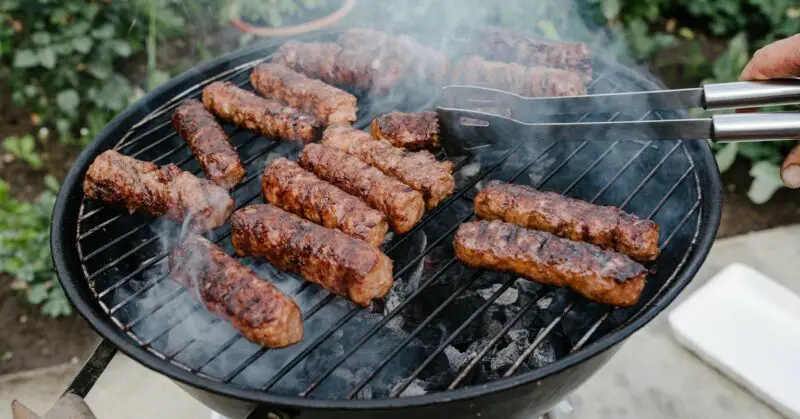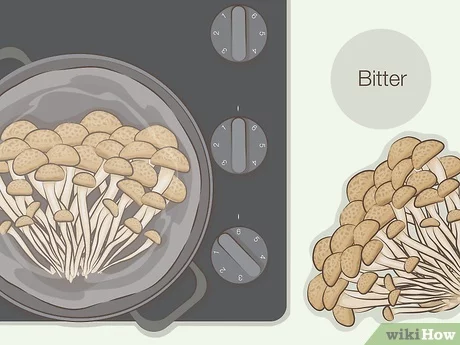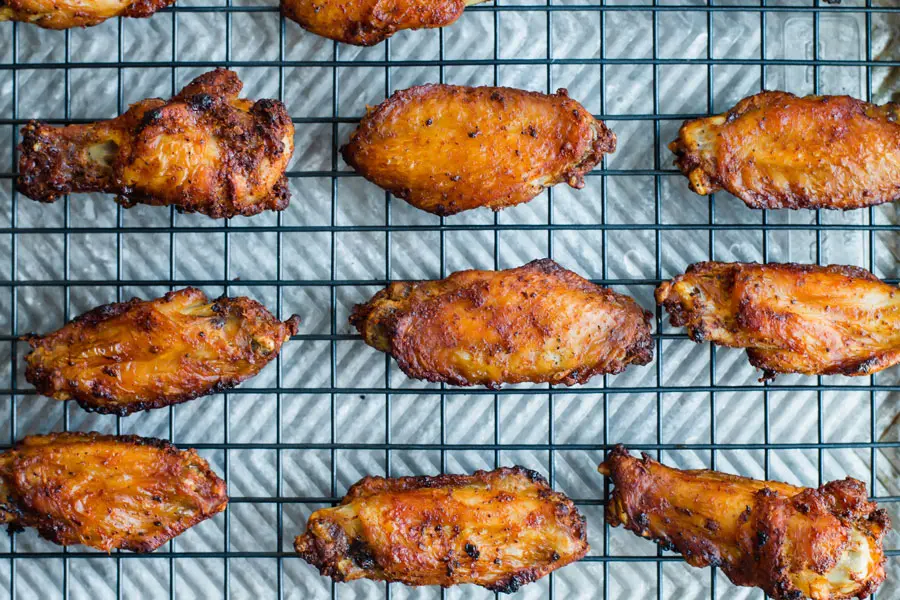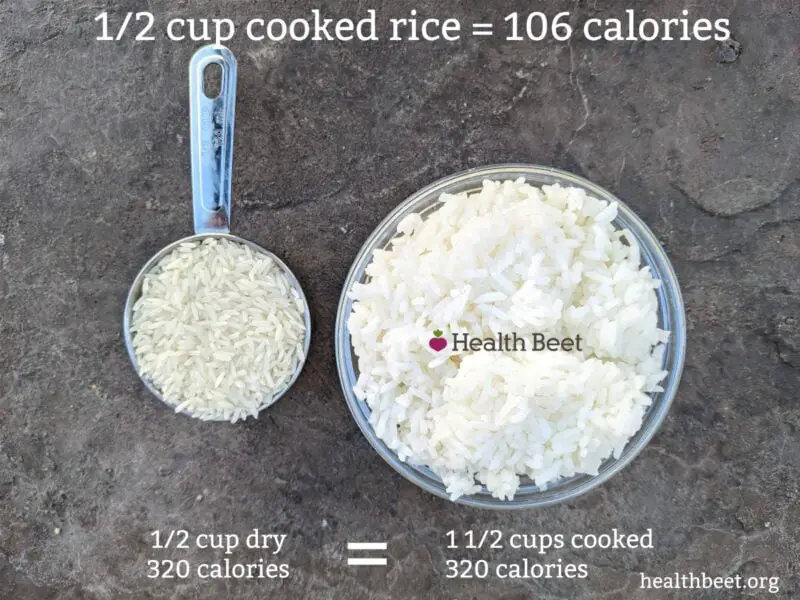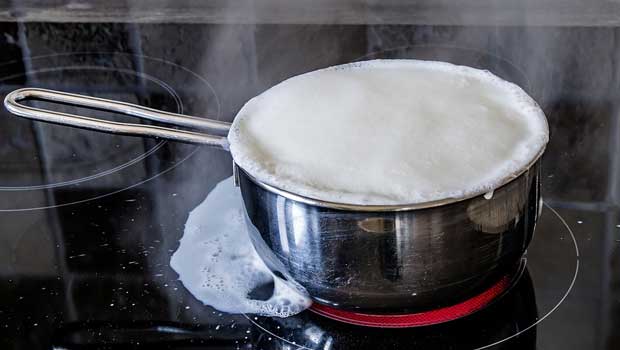How Much Weight Does the Sausage Lose When Cooked?
Introduction
Sausage has been a staple in many different cultures and cuisines for centuries, but not many people stop to think about the science behind this delicious food. One question that often arises is how much weight does a sausage lose when cooked? This seemingly simple question can actually tell us a lot about the properties and composition of sausage, as well as its cooking techniques and methods. In this article, we will dive deeper into this topic to provide a comprehensive answer.
Brief Overview of the Answer
In general, sausages can lose anywhere between 10-30% of their raw weight when cooked. The amount of weight lost depends on various factors including the type of sausage, cooking method, and composition of the meat and fillers. The moisture lost during cooking plays a major role in weight loss, with fat content also playing a part.
What Is Sausage?
Before we delve into the topic at hand, it’s important to define what we mean by “sausage”. Sausage refers to any type of meat product that is encased in a casing or skin. Typically, sausage contains a mixture of meat (usually beef or pork), spices, and other fillers such as breadcrumbs or vegetables. Sausages can be fresh or cured, cooked or uncooked, and come in a variety of shapes and sizes. Some common types of sausages include hot dogs, breakfast sausages,
Types of Sausage
– Fresh sausages: these are uncooked and need to be refrigerated before cooking. Examples include Italian sausage or bratwurst.
– Cooked sausages: these are fully cooked and can be eaten cold or heated up. Examples include hot dogs or bologna.
– Smoked sausages: these are cooked and then smoked to give them a distinct flavor. Examples include kielbasa or chorizo.
– Cured sausages: these are preserved with salt and other curing agents. Examples include salami or pepperoni.
How Sausage is Made
The process of making sausage typically involves grinding meat (usually pork or beef) along with spices, salt, and other fillers. This mixture is then stuffed into a casing made of either natural (from animal intestines) or synthetic materials. The sausage is then dried, smoked, or cooked depending on the type of sausage being made.
Why Does Sausage Lose Weight When Cooked?
Now that we know what sausage is, let’s explore why it loses weight when cooked. There are a few factors at play here, but the main one is moisture loss during cooking. As the sausage cooks, steam evaporates from the meat, causing it to shrink in size and lose weight. This moisture loss can range from 10-30% depending on the cooking method.
Another factor that contributes to weight loss is fat content. Fatty sausages will lose less weight than leaner ones because fat does not evaporate during cooking like water does. Instead, it melts and stays in the sausage, keeping its weight relatively stable.
Measuring Weight Loss in Sausage
So how do we measure weight loss in sausages? There are a few methods:
– Before and After Weighing: this involves measuring the raw weight of the sausage before cooking it, then weighing it again after it has been cooked. The difference between the two weights is the weight loss.
– Water Displacement: this method involves measuring the volume of water displaced by the sausage before and after cooking. The difference in volume is then converted to weight loss.
– Drying Method: this involves drying the sausage in an oven until it reaches a constant weight. The initial and final weights are compared to calculate weight loss.
It’s important to note that each method has varying levels of accuracy and precision, and it’s crucial to use the correct method depending on the type of sausage and cooking technique being used.
Factors Influencing Weight Loss
The amount of weight lost during cooking can vary depending on several factors, including:
Type and Cut of Meat Used
The type and cut of meat used can play a significant role in weight loss. For example, leaner cuts like chicken breast will lose more weight than fatty cuts like ground beef.
Amount and Type of Filler Ingredients
Filler ingredients such as breadcrumbs or vegetables can also affect weight loss. They may absorb moisture during cooking, which would result in less weight loss for the sausage.
Cooking Method
The cooking method used, whether it be grilling, baking, or frying, can impact the amount of weight lost. For example, sausages cooked on a grill will lose more moisture than those cooked in an oven.
Temperature and Time
The temperature and time at which sausages are cooked can also have an effect on their weight loss. Cooking at higher temperatures or for longer periods can result in greater moisture loss.
Average Weight Loss By Sausage Type
So what is the average weight loss for different types of sausages? Here is a rough estimate:
– Fresh Sausage: 20-30% weight loss
– Cooked Sausage: 10-20% weight loss
– Smoked Sausage: 15-25% weight loss
– Cured Sausage: 25-30% weight loss
It’s important to remember that these are rough estimates and that the actual weight loss can vary depending on the specific sausage being used and the cooking method employed.
Other Impacts of Cooking on Sausages
Weight loss is just one of the many changes that occur when sausages are cooked. The protein in the meat coagulates during cooking, which affects the texture of the sausage. Aroma and flavor compounds also develop during cooking, contributing to the overall taste of the sausage.
Conclusion
In conclusion, sausages can lose anywhere between 10-30% of their raw weight when cooked. The amount of weight lost depends on various factors including the type of sausage, cooking method, and composition of the meat and fillers. By understanding weight loss, sausage producers can create products that are consistent in size and quality, while consumers can make more informed decisions about portion sizes. Whether you’re a fan of hot dogs or chorizo, knowing a little bit about how sausages work can make your eating experience even more enjoyable.
How Much Weight Does Sausage Lose When Cooked?
Q: Is sausage really losing weight when cooked?
Yes, it is. You may notice that your sausage shrinks in size and weight after cooking it. That’s because the natural moisture contained within the meat is evaporating through the cooking process, resulting in a reduction in size.
Q: How much does the sausage lose when cooked?
The amount of weight loss varies, but generally, sausages can lose anywhere from 10 to 25 percent of their original weight after cooking. Factors such as the type of sausage, cooking method, and length of cooking time all play a role in determining how much weight will be lost.
Q: Can I prevent sausage from losing too much weight when cooked?
Unfortunately, not really. Losing weight during cooking is just a natural part of the process for most types of sausage. However, if you’re concerned about losing too much moisture, try searing your sausages on high heat first to help lock in some of that moisture before finishing them off at a lower temperature.
Q: Does this mean I’m getting less protein per serving if I eat cooked sausage?
Technically speaking, yes. Since some of the weight lost during cooking is moisture (and not actual meat), you will be getting fewer grams of protein per serving than if you were to weigh out raw sausage before cooking it. However, this difference is likely negligible and shouldn’t affect your overall protein intake significantly.
